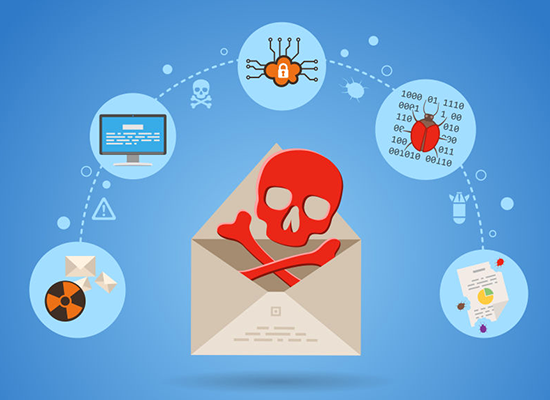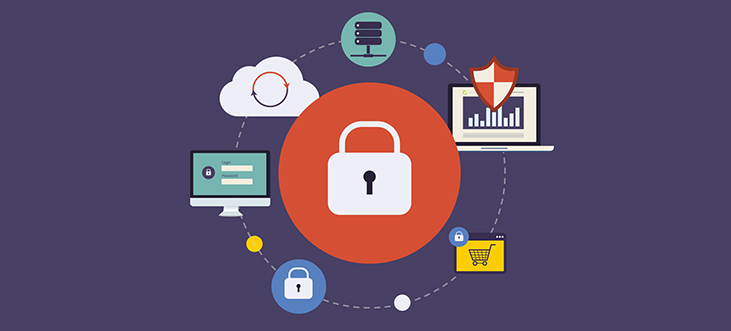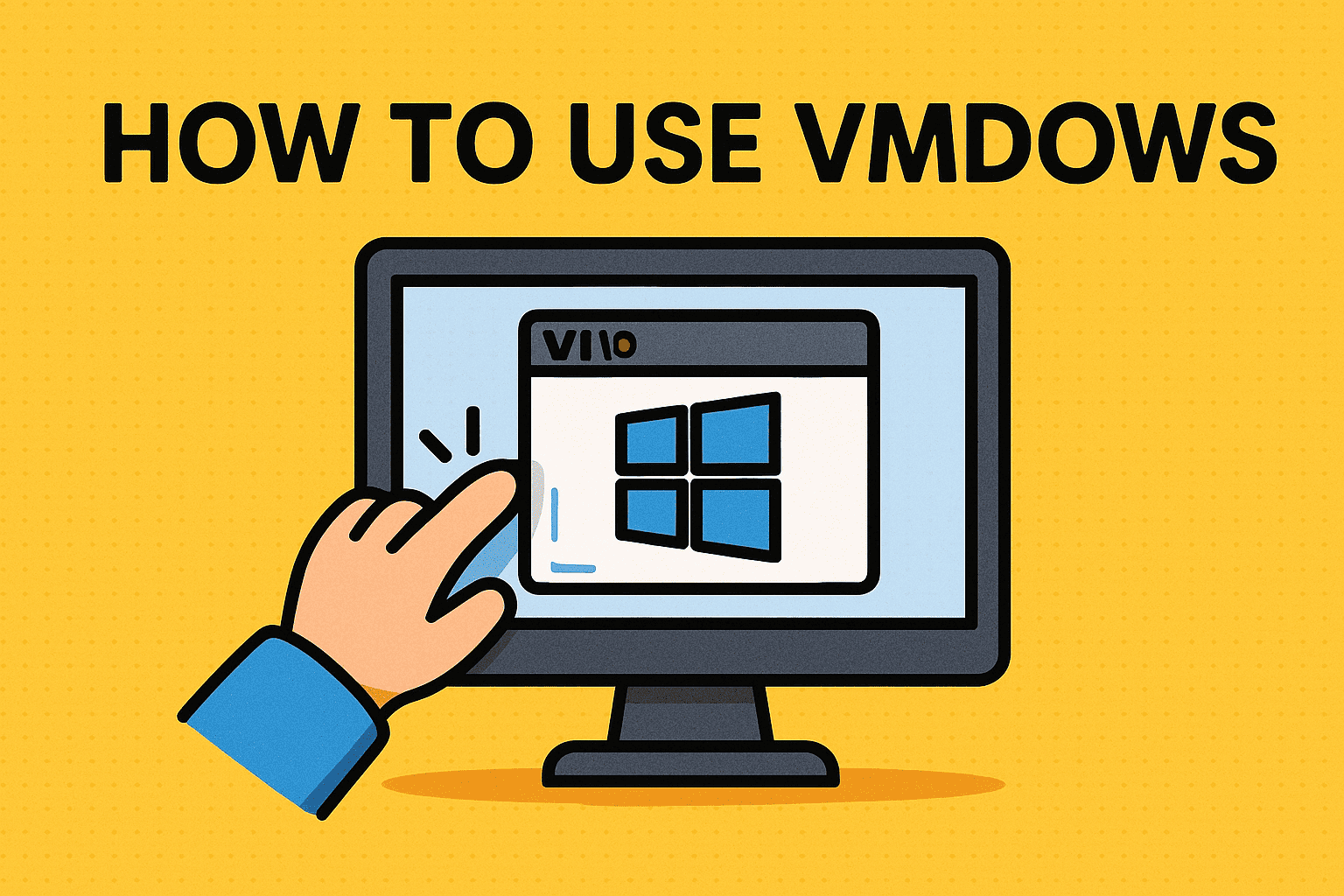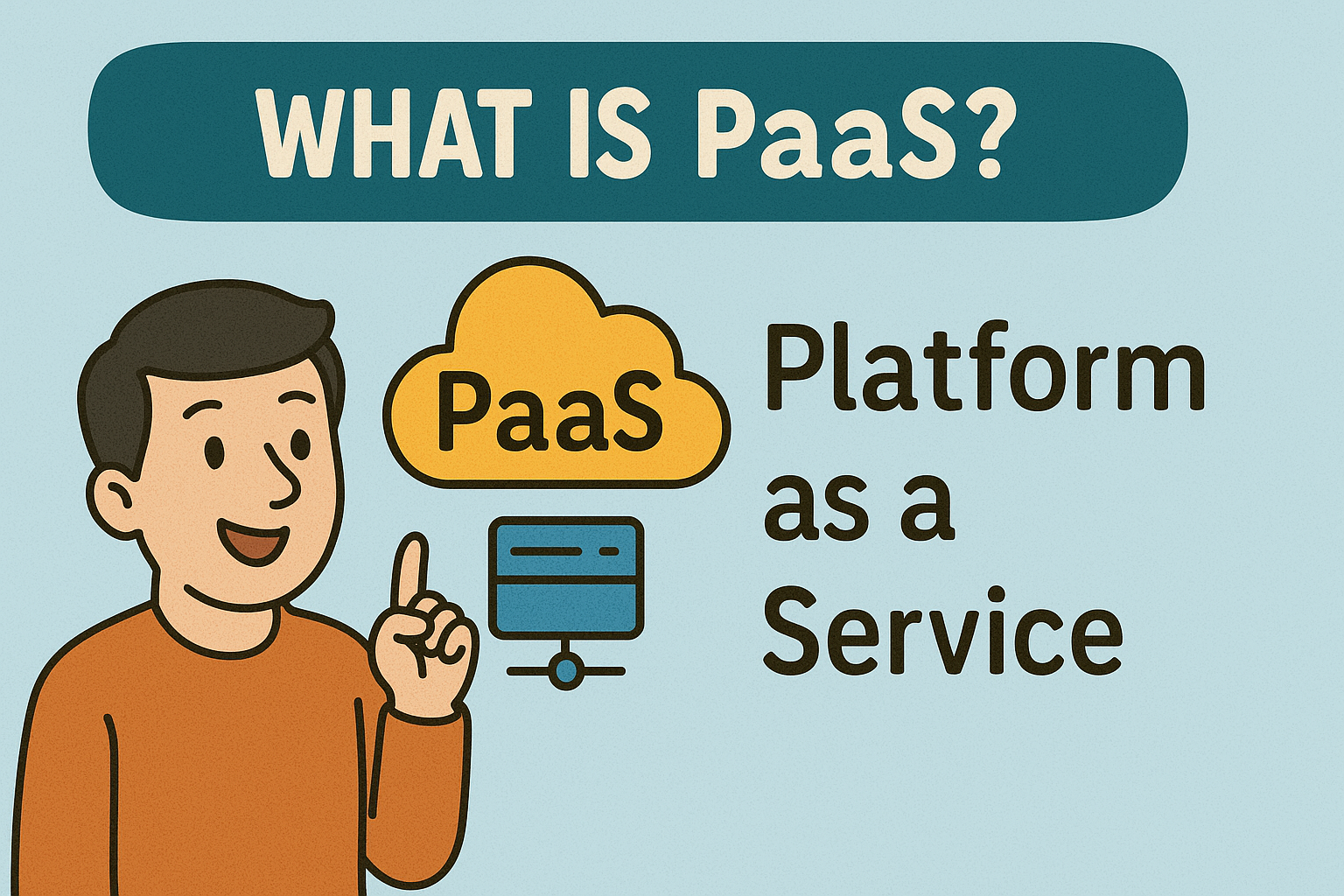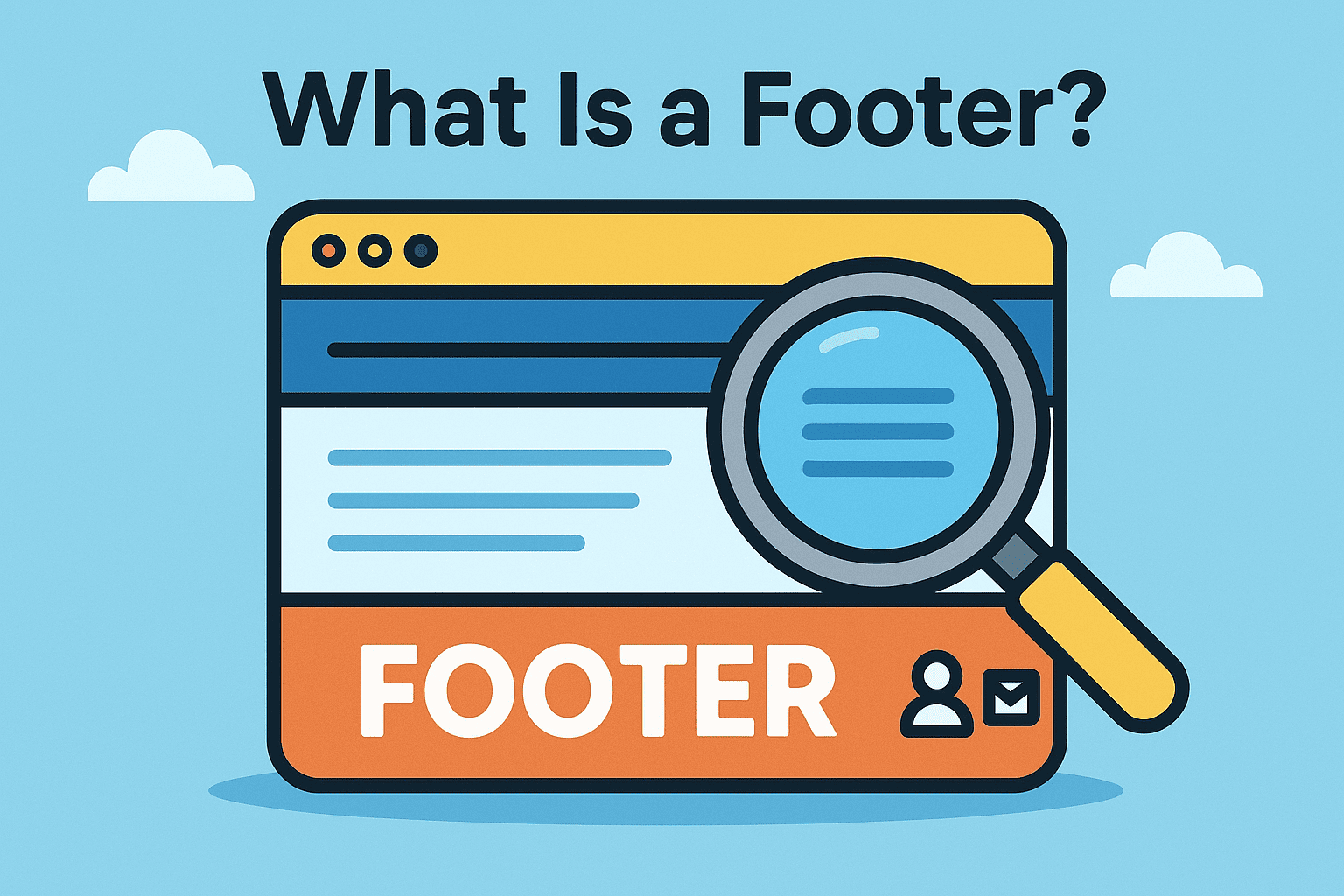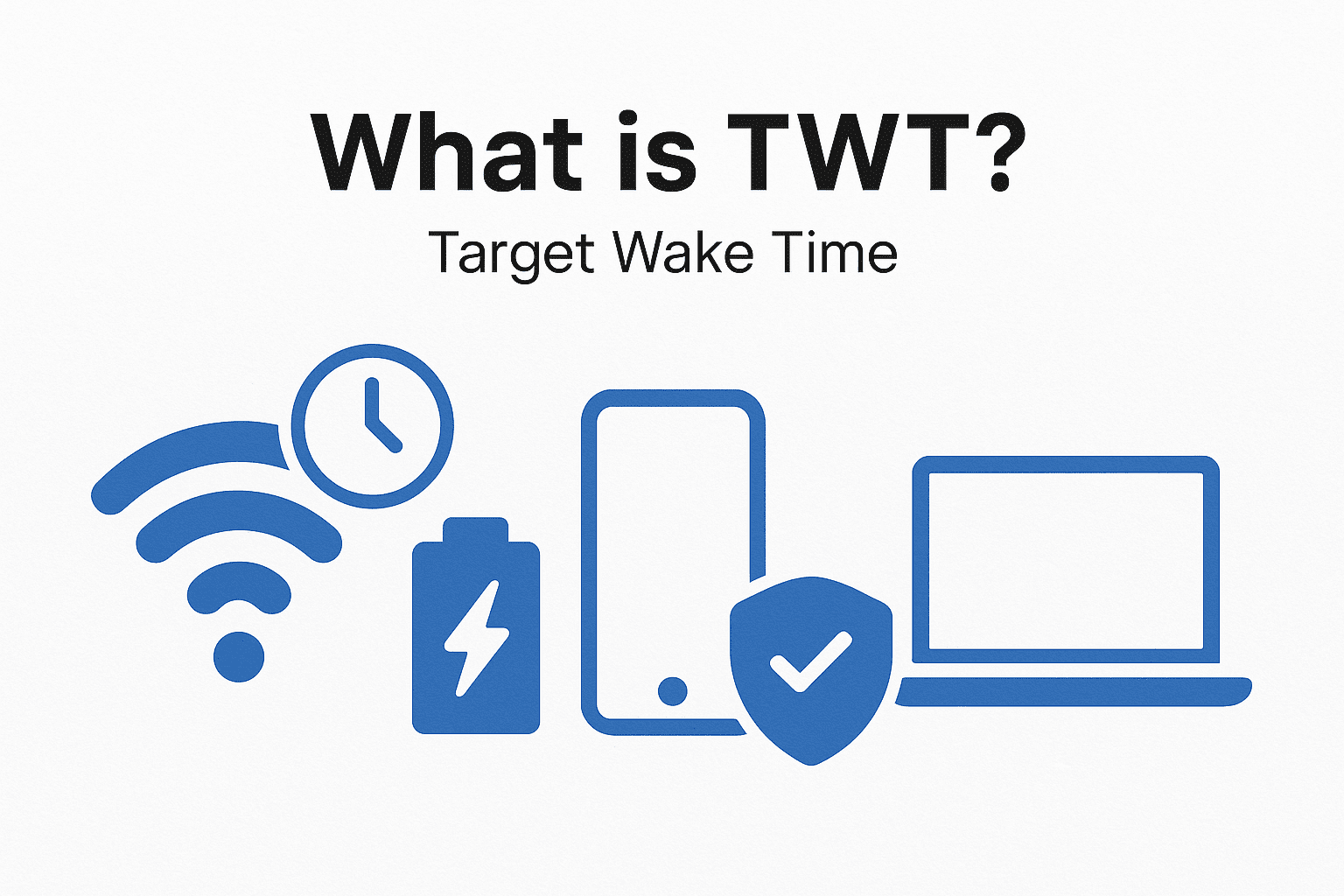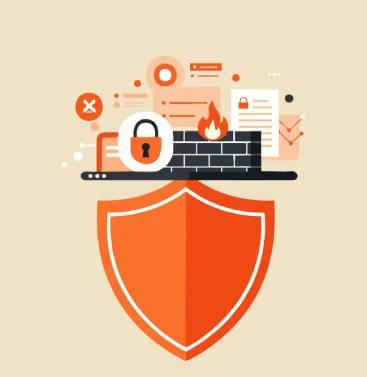How CISOs Can Close the Credibility Gap with Their Boards
Updated on October 22, 2024, by Xcitium

As cyber threats become more complex and frequent, the role of the Chief Information Security Officer (CISO) has never been more critical. Despite their importance, many CISOs still struggle to communicate effectively with their boards, facing a credibility gap that hinders their ability to secure the necessary resources and support for cybersecurity initiatives. Closing this gap requires CISOs to not only speak the language of security but also to align cybersecurity strategies with the broader business objectives of their organizations.
Understanding the Credibility Gap
The credibility gap between CISOs and boards often stems from a disconnect in communication and priorities. CISOs, who are deeply involved in the technical aspects of security, may present information that is too detailed or technical for board members who focus on business strategy and financial outcomes. As a result, the importance of cybersecurity can be lost in translation, making it difficult for CISOs to secure buy-in for initiatives that are essential for protecting the organization.
Board members are typically concerned with metrics that directly impact the bottom line, such as revenue growth, regulatory compliance, and risk management. CISOs, on the other hand, may emphasize technical aspects like patch management, intrusion detection, and threat intelligence. To close the credibility gap, CISOs need to frame cybersecurity in terms that resonate with the board’s priorities, demonstrating how effective security measures protect the organization’s financial stability, reputation, and long-term success.
Strategies for CISOs to Build Credibility with Boards
- Speak the Language of Business CISOs must translate technical security issues into business risks and opportunities. For example, instead of presenting data on vulnerabilities and patching rates, CISOs can explain the potential financial impact of a data breach or regulatory fine. By focusing on how cybersecurity initiatives can mitigate risks and protect assets, CISOs can demonstrate the direct business value of their strategies.
- Use Metrics That Matter to the Board Metrics are powerful tools for communicating the effectiveness of security measures, but they need to be relevant to the board’s interests. Metrics such as the cost of potential data breaches, downtime prevention, compliance status, and return on security investment (RoSI) are more likely to capture the board’s attention. By presenting metrics that show the financial and operational benefits of cybersecurity, CISOs can make a stronger case for investment.
- Align Cybersecurity with Business Objectives Cybersecurity should not be seen as a standalone function but as an integral part of the organization’s overall strategy. CISOs should align their security goals with business objectives such as digital transformation, customer trust, and regulatory compliance. By showing how cybersecurity supports business growth, CISOs can demonstrate that security is not just a cost center but a strategic enabler.
- Build Relationships and Trust Credibility is built on relationships and trust. CISOs should engage with board members regularly, not just during crisis situations. By maintaining open lines of communication and providing regular updates on the evolving threat landscape, CISOs can establish themselves as trusted advisors who are essential to the organization’s success.
- Leverage Real-World Examples and Case Studies Storytelling can be a powerful way to convey the importance of cybersecurity to board members. CISOs can use real-world examples and case studies to illustrate how similar organizations have suffered financial and reputational damage due to cyber incidents. This approach can make the potential consequences of inadequate security more tangible and urgent.
The Role of Technology in Supporting CISO Communication
Technology can play a significant role in helping CISOs communicate more effectively with boards. Advanced security platforms can provide the data and analytics needed to translate complex security information into business terms. By using dashboards that present metrics in an easily digestible format, CISOs can offer clear insights into the organization’s security posture and the ROI of cybersecurity investments.
Automation and artificial intelligence (AI) can also help CISOs demonstrate the efficiency and effectiveness of their security measures. For example, automated threat detection and response can reduce incident response times, while AI-driven analytics can provide predictive insights into potential vulnerabilities and attacks. By showcasing these capabilities, CISOs can reinforce the value of investing in cutting-edge security technologies.
What Makes Xcitium Stand Out
Xcitium’s cybersecurity solutions are designed to empower CISOs in their efforts to protect organizations while clearly communicating the value of security to board members. Xcitium’s ZeroDwell Containment technology proactively isolates and neutralizes threats in real-time, providing measurable protection that can be easily explained in terms of risk reduction and cost savings.
Xcitium’s platform aligns with the Zero Trust model, ensuring that every access request is authenticated and authorized. This approach not only enhances security but also supports compliance efforts—an area of significant interest to boards focused on regulatory risks. By offering comprehensive reporting and analytics, Xcitium helps CISOs present clear, data-driven insights that resonate with board members, emphasizing the financial and operational benefits of a proactive security strategy.
With Xcitium, CISOs can present cybersecurity not just as a defense mechanism but as a strategic investment that supports the organization’s growth and resilience. This approach helps bridge the credibility gap, securing the necessary resources and support to protect the organization in an increasingly complex threat landscape.
Conclusion: Closing the Gap and Building a Secure Future
The credibility gap between CISOs and boards is a significant challenge, but it can be overcome with the right strategies and tools. By speaking the language of business, using relevant metrics, aligning security with organizational goals, and leveraging advanced technology, CISOs can build trust and secure the necessary support for their cybersecurity initiatives.
Xcitium’s solutions provide the technology and insights needed to support these efforts, making it easier for CISOs to demonstrate the value of proactive cybersecurity to board members. As the threat landscape continues to evolve, closing the credibility gap is not just a matter of communication—it’s essential for building a secure, resilient organization capable of thriving in the digital age.



